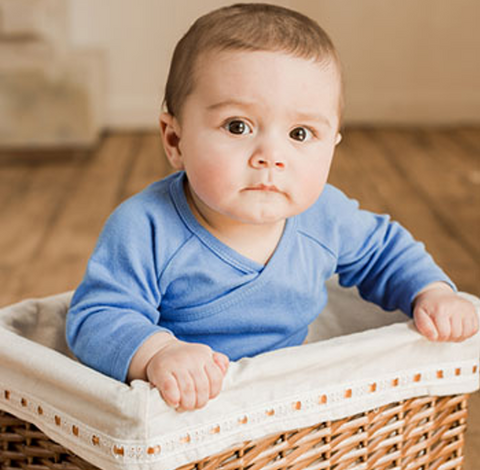
Cotton and silk are both wonderful materials for baby eczema clothing because they allow the skin to breathe, which keeps your eczema child cool and comfy. Silk has natural antibacterial qualities that reduce the risk of infection.
What can you do to make your itchy little one more comfortable when it comes to clothing them? You’ll be amazed by the difference fabric choice makes to a kid’s comfort. Here’s a list of eczema-friendly textiles to search for while dressing an eczema infant.
Cotton
Cotton is ideal for individuals with eczema because it is soft, breathable, and non-irritating. The loose fabric does not irritate the skin and allows it to breathe freely. However, if your child is sweaty, the material can absorb moisture and give an abrasive movement that might irritate the skin. Synthetic fabrics or
The National Eczema Society advises users to avoid textiles labelled as “cotton-rich,” which typically include a substantial amount of polyester.
Top 5 Benefits of Homeopathic Medicines for Eczema Patients!
Silk
Silk is not only soft and attractive, but it’s also beneficial for eczema in children. Silk is naturally anti-microbial, lowering the risk of infections in eczema-prone skin. In the British Journal of Dermatology, a study titled ‘Clinical effectiveness of silk fabric in the treatment of atopic dermatitis.
The children in the control group received cotton clothing, while the experimental group was given specific garments. The only treatment administered is a moisturizer. There was a tremendous improvement in eczema among the kids wearing silk after just one week, but no change in the cotton group. According to the study, ‘the use of special silk apparel may assist
Wool
Because non-eczema individuals may find woolly jumpers irritating, wool is generally a no-no for eczema sufferers. When some wool fibres’ ends come into contact with the skin, histamine dispensing nerves are activated. This can cause skin irritation and itching, which leads to the production of histamines in your skin.
In 2012, a study was done on the effects of pure merino wool in children aged from four weeks to three years old with moderate to severe eczema and found them to be beneficial.
According to a tiny study, eczema symptoms decreased in people who were wearing superfine merino wool compared to those who wore cotton in 39 patients over 12 weeks. The results of the study stated that ‘superfine merino wool may assist in the management of childhood atopic dermatitis.’
Fleece
While fleece is often recommended as a possible irritant for eczema-prone skin, our eczema baby was completely comfortable with light fleece fabrics and several of our consumers have reported similar findings. The greatest danger with fleece textiles is overheating, which can make eczema-prone skin itchier.
The bulkiness of fleece may make it unpleasant to bunch up in places like the elbows, shoulders, and knees; and the lint from the fleece might get caught on dry skin, but this is mostly an issue with looped rather than cut textiles. Thin fleece fabrics are worth considering for your eczema youngster’s clothing,
Micro-fibre clothing
Expert synthetic micro-fibre textiles have been developed to cater for individuals with sensitive skin. These might be more absorbent than cotton and suit some eczema patients.
Microfiber fabrics are not inherently irritating and are generally very smooth, which may make them less uncomfortable for some eczema babies than cotton clothing. The price of micro-fibre apparel produced from these materials is the main drawback, but if your kid’s eczema is severe, base layers constructed of microfibre fabric may make a difference
Fabrics to avoid
Synthetic fabrics, such as nylon, rayon, and polyester, are warmer than natural materials. They can cause itching and extend the effects of eczema, so they’re best avoided. Take a look at Scratch Sleeves expert eczema clothing for babies and children to learn what o
Scratch Sleeves products are composed of.




